
Ursus americanus, American black bear. Plate 141 from The Viviparous Quadrupeds of North America, Vol. 3
The Library's collections include Mark Catesby's Natural History of Carolina, John James Audubon's The Birds of America and Maria Sibylla Merian’s illustrations of insect metamorphosis in Surinam.
The European presence in the Americas dates back to fifteenth-century colonisation by the emerging Spanish and Portuguese empires. By the eighteenth century, France and England had established themselves in North America, which became a favoured region for exploration and collecting.
The Library's collections are as diverse as the history of the Americas. From the early botanical illustrations of William Young to Margaret Mee's twentieth-century work on the loss of biodiversity in the Amazon rainforest, our collections feature works from the time of the voyages of discovery through to the present day.
Our collections mainly focus on beautiful artwork and scientific literature, but also include imagery and data from the last 300 years, ranging from early voyages of exploration and associated materials to the latest online research journals.
Highlights of our artwork collections include America naturalist William Bartram's stunning pen and ink drawings depicting early ecological studies, in addition to his travel journals and notes on the native flora and fauna of the southern states of North America. The collections also feature Sydney Parkinson's watercolours of Brazilian flora from James Cook's Endeavour voyage, and two original watercolours on vellum by Maria Sibylla Merian.
The Museum holds two editions of The Birds of America by John James Audubon. The Birds of America is Audubon's most famous work and revolutionised natural history art, portraying birds full of drama and life in their natural habitat.
The Birds of America
-
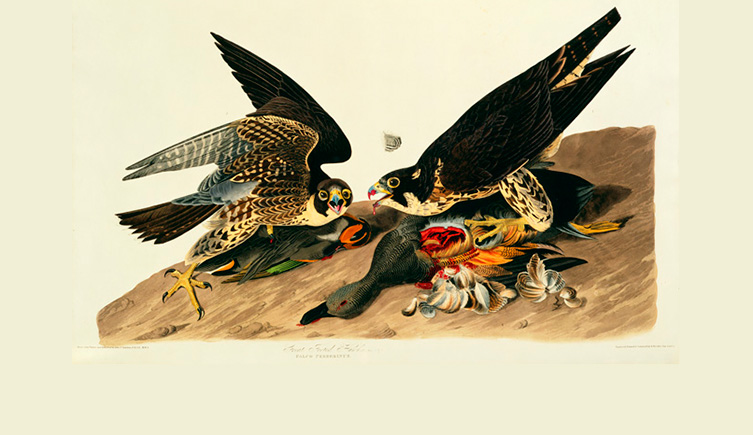
Peregrine falcon, Falco peregrinus. John James Audubon (1785-1851).
-
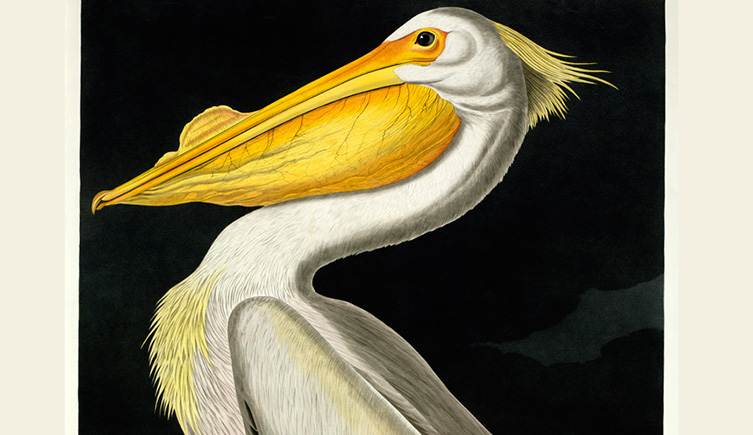
American white pelican, Pelecanus erythrorynchos. John James Audubon (1785-1851).
-
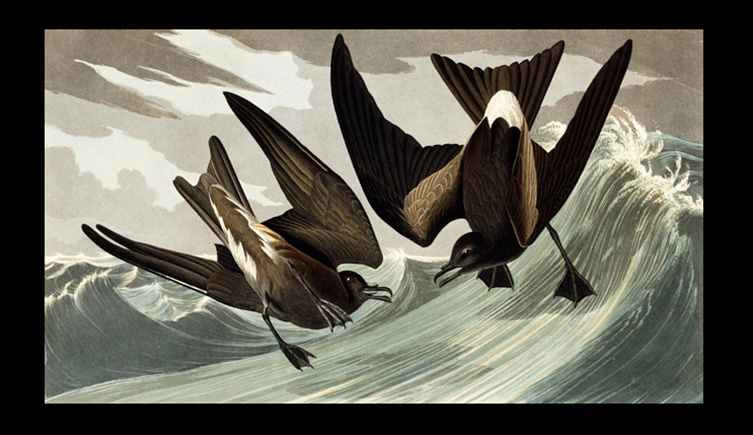
Leach's storm-petrel, Oceandroma leucorhoa. John James Audubon (1785-1851).
-
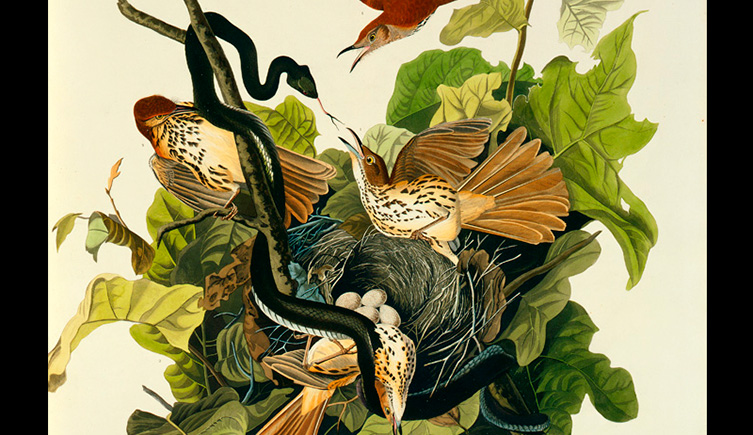
Brown thrasher, Toxostoma rufum. John James Audubon (1785-1851).
-
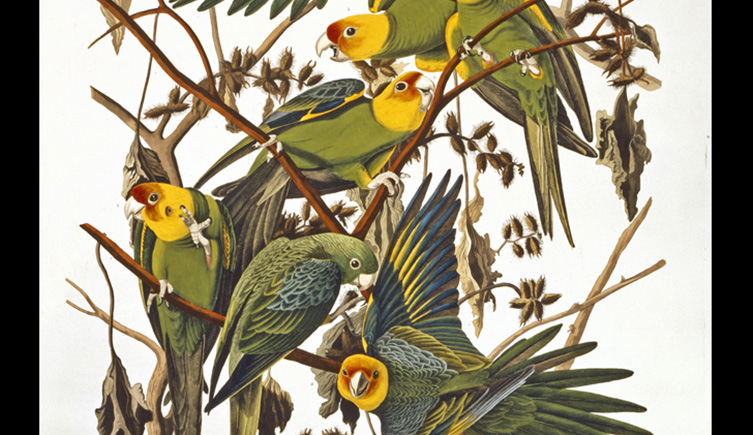
Carolina parakeet, Conuropsis carolinensis. John James Audubon (1785-1851).
-
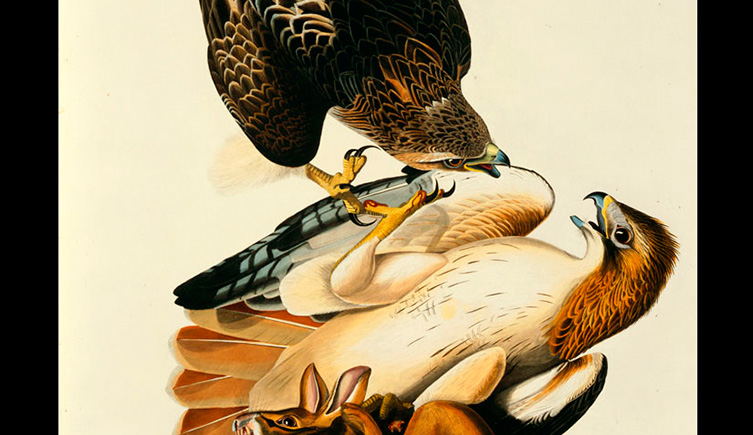
Red-tailed hawk, Buteo jamaicensis. John James Audubon (1785-1851)
-
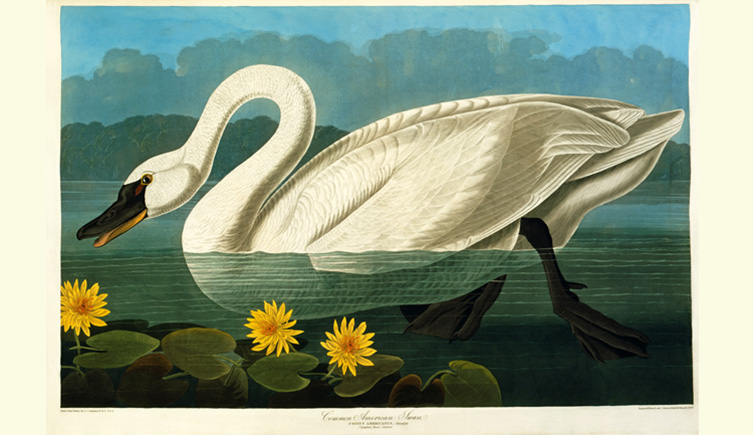
Tundra swan, Cygnus columbianus. John James Audubon (1785-1851).
-
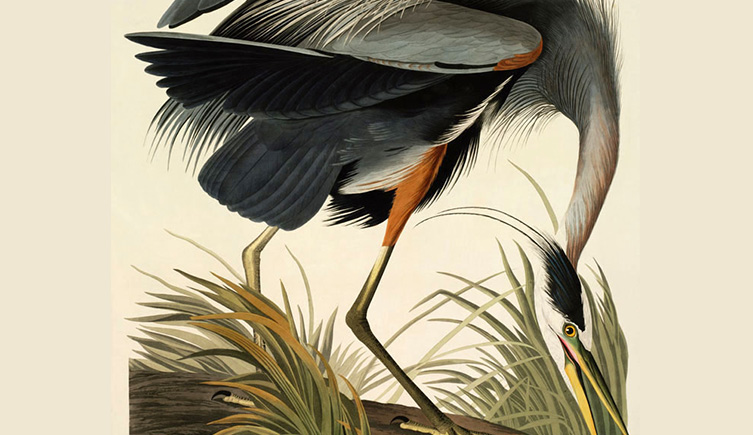
Great blue heron, Ardea herodias. John James Audubon (1785-1851).
The Library also holds topographical drawings and sketches, as well as detailed plant ecology, climate and geology studies, from Alexander von Humboldt's explorations of South and Central America. Humboldt is said to have inspired two of the UK's most famous scientists, Charles Darwin and Alfred Russel Wallace, who both spent long periods travelling in the Americas.
We have a wide range of scientific literature on Darwin's global travels. The Museum also boasts Wallace's rare collections of South American birds, insects and plants, along with his associated journals and drawings. His collections from the Amazon and its tributary, the Rio Negro, are of particular importance.
Summary
Composition: Artwork, books, maps and correspondence
Focus: Flora, fauna and geography of North, Central and South America
Authors/Artists:
- John James Audubon
- John Abbott
- Alexander von Humboldt
- Robert Schomburgk
- William Bartram
- Mark Catesby
NHM Images
- The Birds of America (Audubon)
- William Bartram